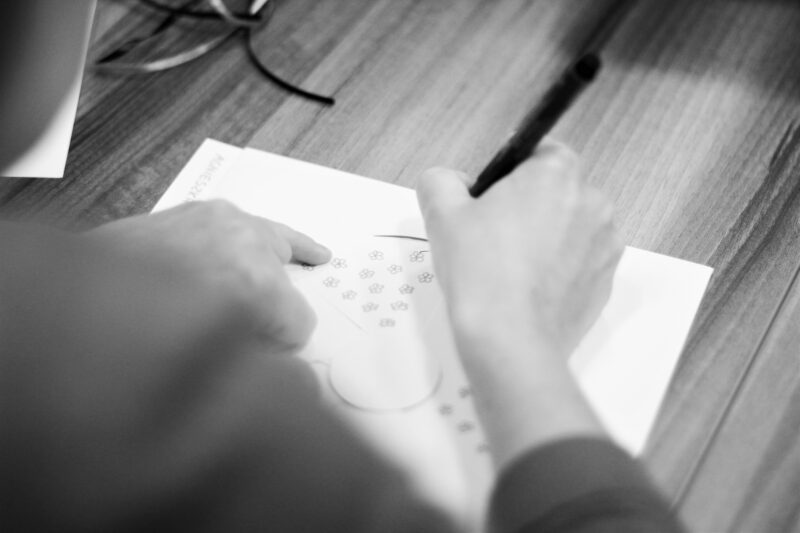Non-fiction

By Jūratė Čerškutė
The heyday of non-fiction witnessed all around the world over the past decade is inextricably linked to the success of Yuval Noah Harari’s bestseller Sapiens published in 2011. Considering why this, as well as others of Harari’s books, have become so popular, many critics have pointed out that in these fast-paced and volatile times, people need books that provide knowledge concisely and shape worldviews.
Do the same assumptions apply to Lithuanian non-fiction and its heyday in recent years? If we applied the analogy with the Harari phenomenon, the answer would be no, because there are still more translated popular science books than those originally written in Lithuanian. In general, non-fiction in Lithuania has its own complicated history – for half of the 20th century this genre was very strongly subjected to politicized censorship and even incapacitated. During the fifty-year Soviet occupation of Lithuania, the literary scene was strictly regulated: fiction was published by a single publishing house, ’Vaga’, and non-fiction, i.e. journalism, was published by ’Mintis’. In general, in Soviet times, journalism, as a genre, was particularly amenable to propaganda, perfectly realised by the genre of the literary sketch – popular among readers and fulfilling socialist doctrine. Alongside them flourished a series of translated biographies deemed suitable for the new Soviet person. Knowledge that was broader and free from the requirements of doctrine was provided by encyclopaedias and books about nature.
In 1988-1990, when Lithuania bravely took the path of freedom, non-fiction first returned in the form of documentaries – memories of deportees and freedom fighters. The first ice-breaking text was Dalia Grinkevičiūtė’s memoirs from her exile to Siberia, Lithuanians by the Laptev Sea, published in Lithuania in 1988. After Lithuania regained its independence and overcame the overturning of epochs – transitioning from communism to democracy – there emerged more non-fiction books, but their greatest heyday and demand is mostly evident in the 2010s, as in the rest of the world, when temporal distance naturally encouraged reflections on the most painful historical events of the 20th century.
Over the past decade, among bestselling Lithuanian memoirs, we find books of conversations with two of the most renowned Lithuanian public intellectuals: German philologist, professor, and Holocaust survivor Irena Veisaitė, and the poet, writer, dissident and professor Tomas Venclova – which expose the different paths that both of their personal fates took to unfold, and the whole complicated historical puzzle of the 20th century. This puzzle also includes the short life of the young Jewish poet Matilda Olkinaitė, the biography of the rescuer of Vilnius Jews Ona Šimaitė, and a bundle of stories from across the Atlantic – the testimonies of the Displaced Persons generation about the war and post-war years, exile, and the eternal desire to return. Famous Lithuanians, who left the country during World War II, return to the Lithuanian cultural scene in the form of letters: Jonas and Adolfas Mekai, Aleksandra Kašubienė and Algirdas Julius Greimas. In terms of readership, recent years have seen an upsurge in captivatingly written academic studies – historian Tomas Vaiseta writes a book exploring Soviet psychiatry; the global journey of Lithuanian design in 1968 is reconstructed in a study by design historian Karolina Jakaitė; and architecture historian Marija Drėmaitė, together with her colleagues, provides an optimistic survey of the architecture of the interwar period.
The list of non-fiction books also includes art books – publications that preserve and augment the memorable exhibitions of the artist Dainius Liškevičius, or the two-volume testimony of philosopher Leonidas Donskis’s love for European art. The category of art books would also entail artists’ biographies or memoirs of times when art used to be discussed into the small hours of the night, just as those long same nights were spent reading forbidden books.
Of course, we could register, here and now, what is lacking in our non-fiction repertoire compared to that of other countries. Such a list would include books reflecting on the political scene, political biographies, well-written biographies, the previously mentioned lacking books of original popular science, comprehensive and engaging historical or cultural studies, and books of investigative journalism. We lack all of these, but we have a unique comic book about the world’s most famous Lithuanian semiotician Algirdas Julius Greimas.
All of the aforementioned Lithuanian non-fiction books are, with a few exceptions, considered and discussed in this guide – an incomplete, non-exhaustive, and to-be-further-appended list of books which can also be read as a map of Lithuanian non-fiction. One can only hope that it becomes a good initial incentive to explore and become acquainted.